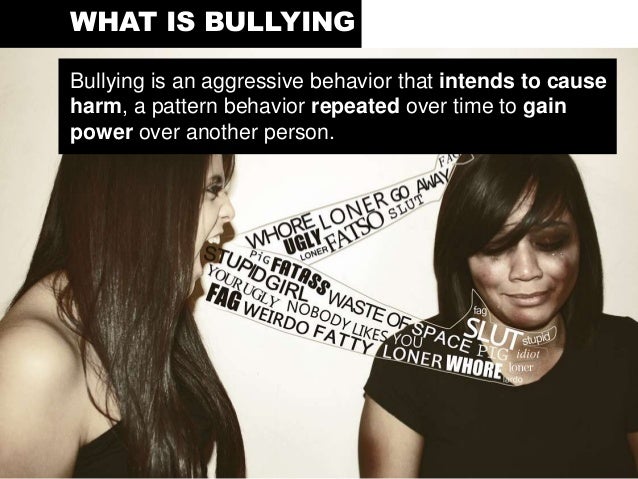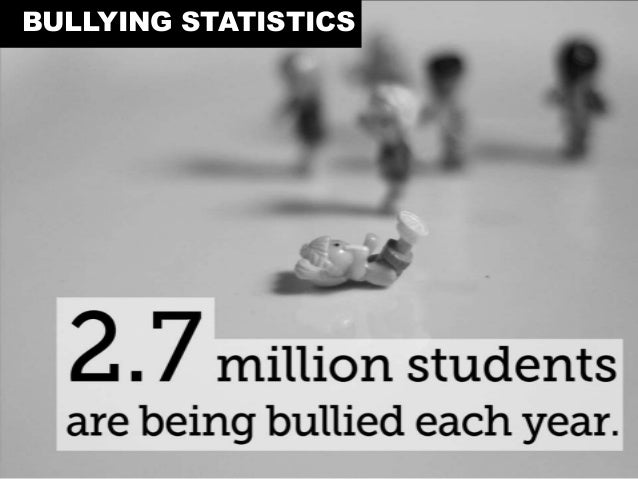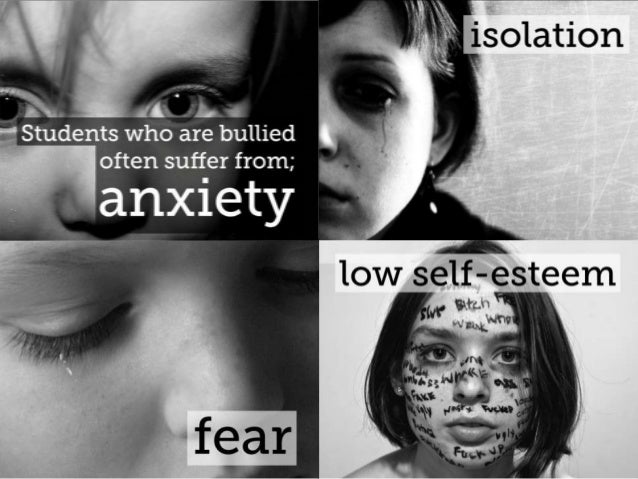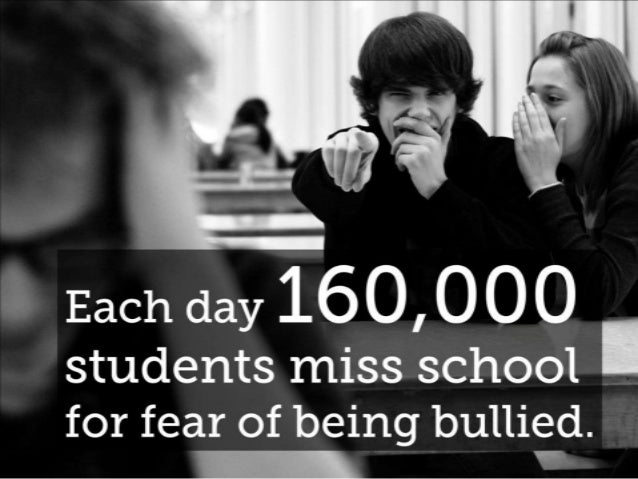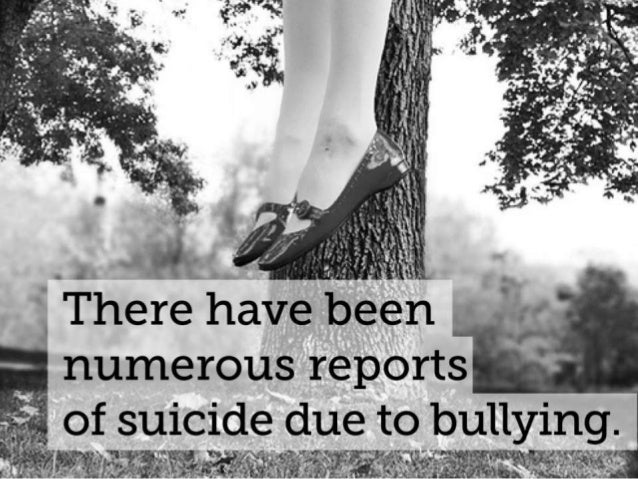When most people think of
bullying, they imagine boys punching, kicking and hitting one another. But, physical bullying is just one type of bullying that kids participate in. Here is an overview of the six most common types of bullying found in schools.
Physical Bullying
Physical bullying is the most obvious form of bullying. It occurs when kids use physical actions to gain power and control over their targets. Physical
bullies tend to be bigger, stronger and more aggressive than their peers. Examples of physical bullying include kicking, hitting, punching, slapping, shoving and other physical attacks.
Unlike the other forms of bullying, physical bullying is the easiest to identify. As a result, it is most likely what people think of when they think of bullying. Additionally, it has historically received more attention from schools than other more subtle forms of bullying.
Verbal Bullying
Perpetrators of verbal bullying use words, statements and
name-calling to gain power and control over a target. Typically, verbal bullies will use relentless insults to belittle, demean and hurt another person. They choose their targets based on the way they look, act or behave. It’s also not uncommon for verbal bullies to target kids with
special needs.
Verbal bullying is often very difficult to identify because attacks almost always occur when adults aren’t around. As a result, it is often one person’s word against another person’s word. Additionally, many adults feel that things kids say don’t have a significant impact. As a result, they usually just tell the
victim of bullying to just “ignore it.” But research has shown that verbal bullying and name-calling has serious consequences. In fact, it can leave deep emotional scars.
Relational Aggression
Relational aggression is a sneaky and insidious type of bullying that often goes unnoticed by parents and teachers. Sometimes referred to as emotional bullying, relational aggression is a type of social manipulation where tweens and teens try to hurt a peer or sacrifice their social standing. Relational bullies often
ostracize others from a group, spread rumors, manipulate situations and break confidences. The goal behind a
relationally aggressive bully is to increase their own social standing by controlling or bullying another person.
In general, girls tend to use relational aggression more than boys, especially between fifth and eighth grade. As a result, girls who engage in relational aggression are often called
mean girls or frenemies.
A teen or tween on the receiving end of relational aggression is likely to be teased, insulted, ignored, excluded and intimidated. Although relational aggression is common in middle school, it is not limited to tweens. In fact, some
bullying bosses and other workplace bullies also engage in relational aggression.
Cyberbullying
When a tween or a teen uses the Internet, a cell phone or other technology to harass, threaten, embarrass or target another person, this is called
cyberbullying. If an adult is involved in the harassment this is called cyber-harassment or
cyberstalking. Examples of cyberbullying include posting hurtful images, making online threats, and sending hurtful emails or texts.
Because teens and tweens are always "plugged in," cyberbullying is a growing issue among young people. It’s also becoming more widespread because bullies can harass their targets with much less risk of being caught.
Cyberbullies often say things that they not have the courage to say face-to-face because technology makes them feel anonymous, insulated and detached from the situation. As a result, online bullying is often mean and cruel. To the targets of cyberbullying, it feels invasive and never ending. Bullies can get to them anytime and anywhere, often in the safety of their own home. Consequently, the
consequences of cyberbullying are significant.
Sexual Bullying
Sexual bullying consists of repeated, harmful and humiliating actions that target a person sexually. Examples include sexual name-calling, crude comments, vulgar gestures, uninvited touching, sexual propositioning and pornographic materials. For instance, a bully might make a crude comment about a girl’s appearance, attractiveness, sexual development or sexual activity. In extreme cases, sexual bullying opens the door to
sexual assault.
Girls are often the targets of sexual bullying both by boys and by other girls. Boys might touch them inappropriately, make crude comments about their bodies or proposition them. Girls on the other hand might call other girls names like “slut” or “tramp” and make insulting comments about their appearance or body.
Sexting also can lead to sexual bullying. For instance, a girl may send a photo of herself to a boyfriend. When they break up, he shares that photo with the entire school. As a result, she then becomes the target of sexual bullying because people make fun of her body, call her crude names and make vulgar comments about her. Some boys may even see this as an open invitation to proposition her or assault her.
Prejudicial Bullying
Prejudicial bullying is based on prejudices tweens and teens have toward people of different races, religions or sexual orientation. This type of bullying can encompass all the other types of bullying as well including cyberbullying, verbal bullying, relational bullying, physical bullying and sometimes even sexual bullying.
When prejudicial bullying occurs, kids are targeting others who are different from them and singling them out. Often times, this type of bullying is severe and can open the door to hate crimes. Any time a child is bullied for his
race, religion or
sexual orientation, it should be reported.


